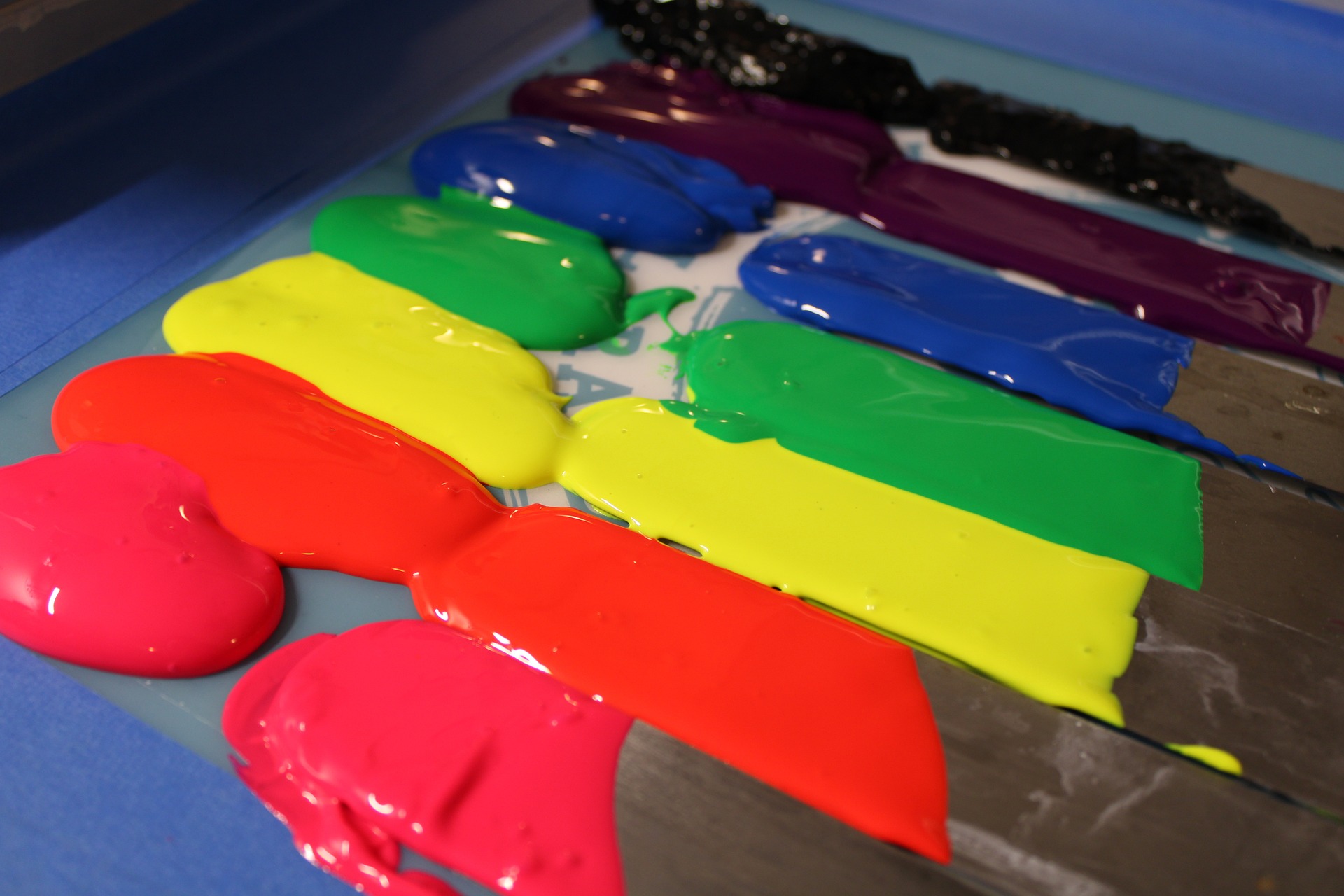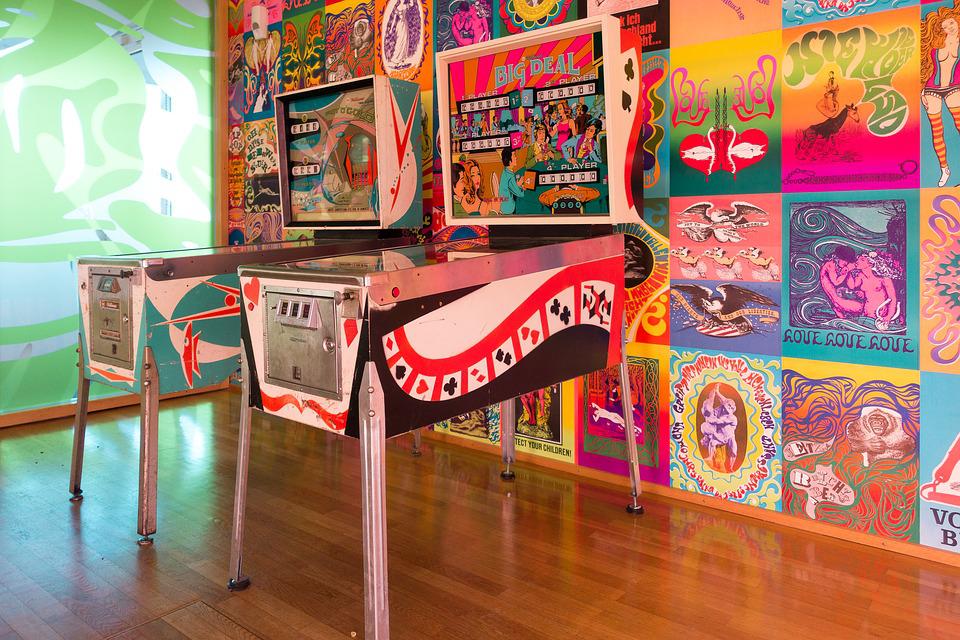Born in 1899, Clarice Cliff is widely considered to be the foremost ceramic pottery artist in the world. Cliff grew up in the English town of Tunstall, Stoke-on-Trent. Her beginnings were modest; she was one of seven children and both parents worked. Her father, Henry Thomas Cliff, was employed at a local iron foundry while her mother, Ann, took in washing to make ends meet. Cliff attended a different school than her siblings, which may have contributed to her sense of independence and unusual path of career woman. Perhaps more providential, Cliff routinely visited an aunt, an accomplished hand painter, who lived nearby her school.
At the age of 13, Clarice Cliff landed her first job in the pottery industry working as a gilder, meaning she added gold lines on traditional pottery ware. After mastering gilding, she decided to change jobs in order to learn freehand painting at another pottery factory while studying sculpture and art in her off hours at the Burslem School of Art. While most girls and young women were content to master only one or two essential pottery-making skills in order to maximize their income, Cliff was ambitious and passionate about her craft and was anxious to learn all she could about it. It is with this objective in mind that in 1916 Cliff decided to move to the pottery factory of A.J. Wilkinson at Newport, Burslem.
At A.J. Wilkinson, Clarice Cliff was granted apprenticeships due to coming to the favorable attention of one of the owners of the factory, Colley Shorter, a man 17 years her senior. Shorter would reportedly become her lover and, eventually, her husband. Under his protection and nurturance, Cliff mastered the skills of modelling vases and figurines, hand painting, enameling, and how to keep pattern books. These skills would prove essential to her later becoming a tour de force in the field of ceramic arts.
In 1927, Cliff’s hard work and dedication were recognized when she was given her own studio and even credited for the unique shapes and patterns she designed. While initially she only had a few artists working for her, it was only a matter of a couple of years before Cliff was running her own ceramic pottery factory. After several years of creating her own designs and style, notably Art Deco, Cliff was appointed Art Director at A.J. Wilkinson.
Cliff eventually married Colley Shorter but after Shorter’s death in 1963, Cliff sold the factory and retired. In 1972, Cliff died suddenly at the home she had shared with her mentor and husband. In 1976, admirers of Cliff’s work, Peter Wentworth-Sheilds and Kay Johnson, published a book about her and opened an exhibit of her work. This arguably sparked a revival of interest in her work that continues to this day.



